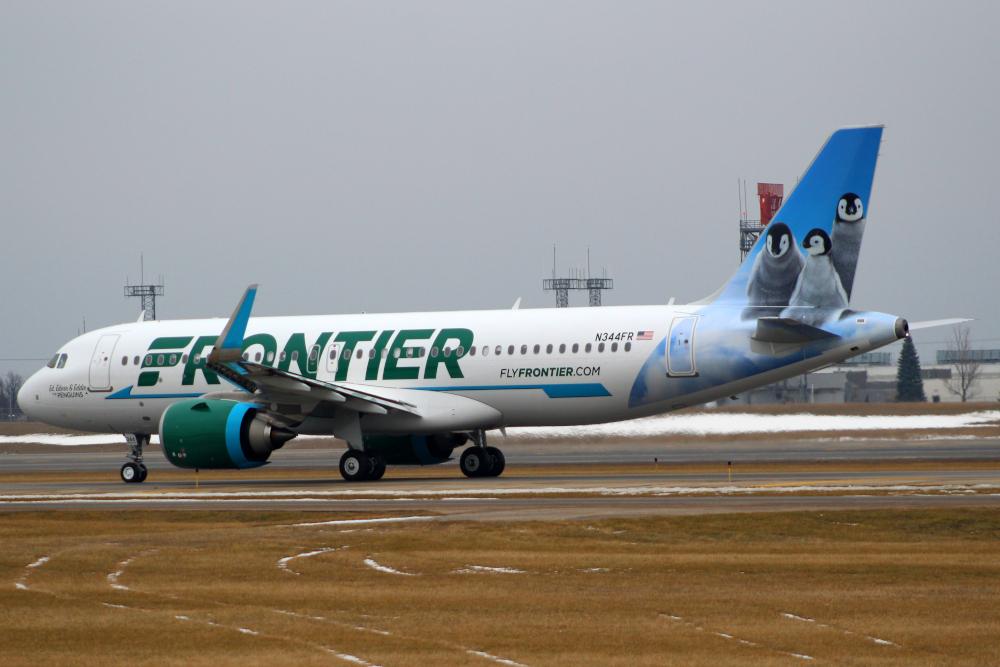
Frontier Airlines will add Flyht’s Automated Flight Information Reporting System (Afirs) units to some of its Airbus A320neo-family aircraft and use the related data-collection and analysis capabilities to save fuel and optimize flight operations, the companies said.
The deal, announced earlier this month, will equip Frontier’s “near-term” A320neo and A321neo deliveries.
The airline confirmed the first Afirs-equipped aircraft would join its fleet in June 2022, the same timeframe it expects to take its first A321neo. It declined to say how many aircraft would be equipped or whether the agreement may be expanded to include retrofitting the existing fleet.
“Frontier’s partnership with Flyht is another key step in our effort to reduce our carbon footprint by decreasing fuel consumption,” said Frontier director of flight operations and quality assurance Ben Dwyer.
"The real-time aircraft data that comes from Flyht's Afirs family of products will also enhance communications with our flight crews as well as the customer experience by reducing flying time.”
The deal adds to Flyht’s growing roster of operators eyeing real-time data analytics as a key to making operations more efficient through myriad tactics, from reducing fuel consumption to delivering predictive maintenance.
It also gives Frontier an opportunity to put a scalable real-time data management system to the test. Afirs units are line-fit options on the A320 family and can be retrofitted on many aircraft, including the A320s, as well.
Frontier has a fleet of 112 Airbus single-aisle aircraft, consisting of 73 A320neos, 18 A320ceos, and 21 A321ceos. Its most recently published fleet plan showed 31 scheduled deliveries through 2023.
The carrier has firm orders in place for 234 A320neo-family aircraft.
Flyht’s services include both hardware and proprietary software.
One piece of software, JetBridge, extracts data from existing airline systems, combines it with real-time Afirs data, and delivers customizable messages to both management and front-line staff.
The goal is providing “real-time actionable intelligence to the people that are [conducting] operations on the aircraft and on the ground,”
Flyht CEO Bill Tempany explained on a recent earnings call. “Give them a better picture of what's going on with that aircraft, and how you can improve the financial and fuel performance of that aircraft in real time.”
One example is timing arrivals and pushbacks to prevent an inbound aircraft from waiting for a delayed departure to move. Using real-time information to reduce unnecessary post-arrival waiting time or, worse, in-flight holding patterns will save fuel, Tempany said.




